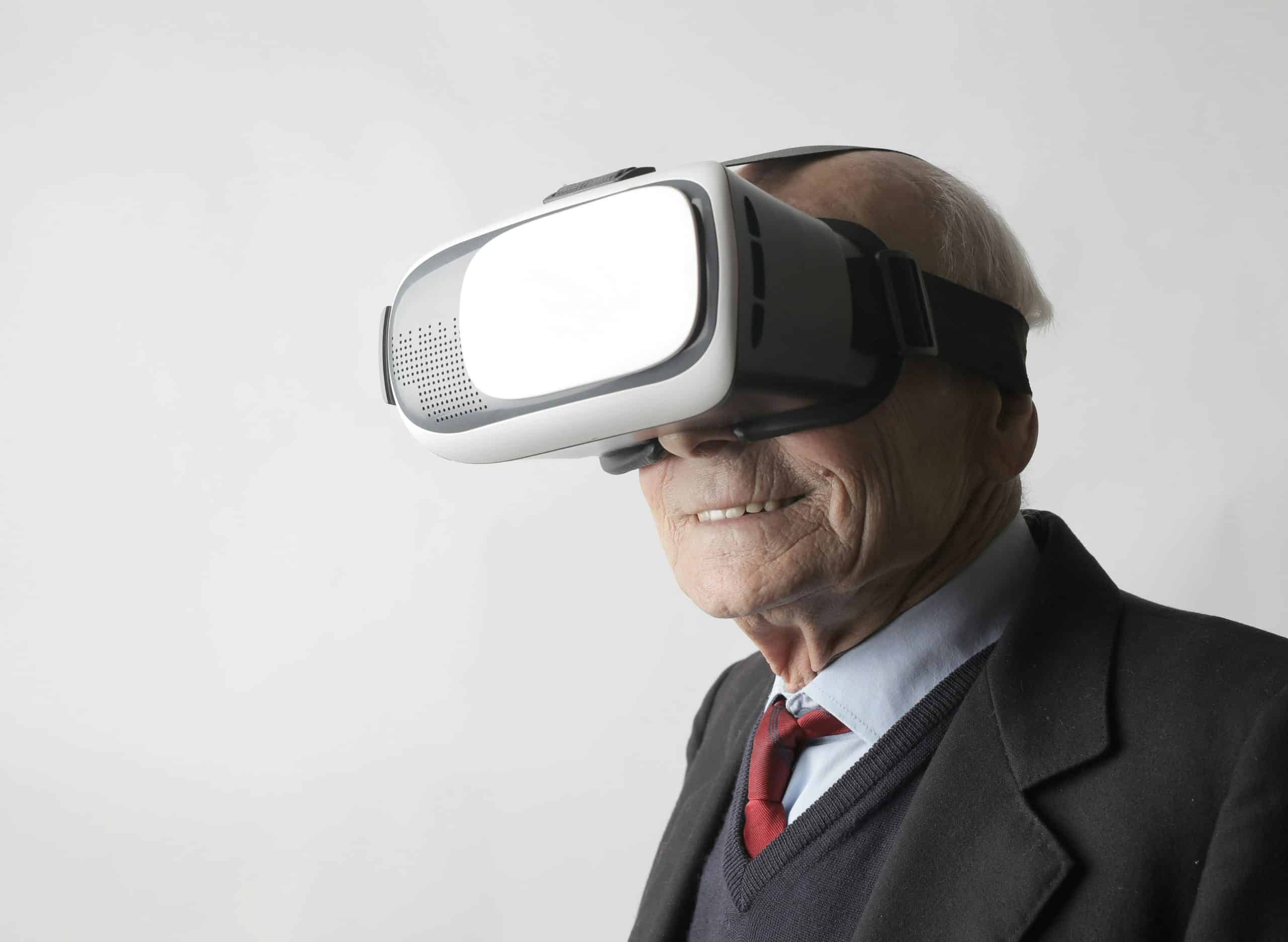What Are the Impacts of Virtual Reality on Mental Health Therapies?

As we dive into the world of advanced technology and the wonders it brings, virtual reality has emerged as a game-changer in numerous sectors. Gradually but relentlessly, it has found its way into our daily lives, shaping our experiences in ways we once thought impossible. Today, we’ll take a deep dive into the impacts of virtual reality on mental health therapies.
How Does Virtual Reality Help in Mental Health Therapies?
Before we delve into the meat of the matter, it’s crucial to understand how virtual reality (VR) fits into the realm of mental health therapies. Virtual reality is a technology that allows you to interact with a computer-simulated environment, be it realistic or imagined. Thus, through a head-mounted display and input tracking devices, you step into a three-dimensional world created by computer algorithms.
A lire aussi : How Can Technology Assist in the Conservation of Endangered Species and Habitats?
In terms of mental health therapies, VR works predominantly through exposure therapy, a common technique used to treat anxiety disorders. As the name suggests, exposure therapy involves exposing patients to the feared object or context without any real danger, helping them overcome their anxiety or distress. What virtual reality does is to provide a safe, controlled environment where exposure therapy can take place.
Imagine being a claustrophobic patient, for example. Instead of being exposed to small, confined spaces in real life, which could be extremely stressful and terrifying, you would experience the same environment through a VR device. This way, the therapy becomes less traumatic, yet equally efficient in helping you manage your fear.
A découvrir également : What Are the Latest Breakthroughs in Energy Storage and Battery Technology?
The Intersection of Virtual Reality and Mental Health in Scholarly Articles
A quick Google or Pubmed search will reveal a growing body of scientific literature exploring the intersection of virtual reality and mental health. Many clinical studies have been conducted to understand VR’s potential in treating various mental disorders, from anxiety and phobias to post-traumatic stress disorder (PTSD) and schizophrenia.
Take, for example, a recent study published in the American Journal of Psychiatry. The article showed that VR cognitive therapy significantly reduced paranoia and anxiety levels in patients with psychotic disorders. In another study, VR exposure therapy was found to be just as effective as traditional exposure therapy for treating fear of flying.
These scholarly articles provide empirical evidence that virtual reality can indeed play a significant role in mental health therapies. By creating a real-like environment, VR allows patients to confront their fears and anxieties in a controlled setting, thereby facilitating recovery.
The Benefits and Drawbacks of VR in Mental Health Therapy
Like any other technology, virtual reality comes with a host of benefits and potential drawbacks when used in the context of mental health therapy. Understanding these pros and cons can help you, as patients or healthcare providers, make informed decisions about incorporating this technology into your treatment plans.
On the upside, VR can create any environment tailored to a patient’s specific needs. This flexibility makes it an excellent tool for exposure therapy, as patients can confront their fears gradually and in a controlled manner. Moreover, VR gets rid of the logistical constraints that traditional exposure therapy often faces. For instance, treating a fear of heights doesn’t require an actual high place – a virtual reality environment will do.
On the downside, there is a risk of over-reliance on technology in therapy. While VR can create realistic environments, it’s not the real world. As such, some might argue that exposure therapy becomes somewhat artificial, which may affect the treatment’s effectiveness. Moreover, VR technology can be relatively expensive, potentially limiting its accessibility.
Virtual Reality and Mental Health: The Future
While we are still in the early stages of fully understanding the impacts of virtual reality on mental health therapies, the early signs are promising. As technology continues to evolve, so does the potential of VR as a therapeutic tool.
From the current trend, it seems that the future of mental health therapy could be increasingly virtual. Google and other tech giants are already investing heavily in VR, indicating a strong belief in its potential. Coupled with the growing body of scholarly research reinforcing VR’s effectiveness, it’s safe to say that this technology will play a bigger role in mental health treatments in the coming years.
Undoubtedly, more research is needed to refine and maximize the use of VR in therapy. Yet, as the world continues to grapple with mental health issues, it’s encouraging to know that we have a promising tool in our hands. By balancing the benefits and drawbacks of VR, we can hopefully make mental health therapies more accessible, effective, and patient-friendly.
Virtual Reality and Its Wider Application in Mental Health Conditions
Virtual reality isn’t limited to exposure therapy alone; it has a wider application in treating various mental health conditions. Research on the application of VR in mental health therapies has expanded beyond anxiety disorders and phobias to include conditions such as social anxiety, depression, and even schizophrenia.
For instance, a systematic review published in the journal Cyberpsychol Behav examined the effectiveness of VR therapy in treating social anxiety disorder. It found evidence that VR can be an effective tool in decreasing social anxiety symptoms, with several studies reporting a significant reduction in patients’ fear of public speaking after undergoing VR therapy.
In the case of depression, VR has been used to deliver cognitive-behavioral therapy (CBT). For example, one study conducted a trial where patients experienced a virtual environment where they were able to show kindness to a distressed child. This exercise was designed to help patients develop self-compassion, a key aspect of CBT for depression. The study found that this form of therapy led to significant reductions in symptoms of depression.
Virtual reality is also being explored as a treatment for schizophrenia. A PMC free article on Pubmed Google revealed a study where VR was used to help schizophrenia patients practice social interactions. The virtual environments were designed to mimic real-life situations that the patients might find challenging, thereby improving their social functioning.
These findings from Google Scholar and other scholarly sources highlight the vast potential of VR in mental health therapy. However, it is essential to acknowledge that more research is needed to determine the best practices and fully understand the long-term effects of VR therapy.
Concluding Thoughts: The Way Forward for Virtual Reality in Mental Health Therapy
The potential of virtual reality in mental health therapies is undeniable. From being a tool for exposure therapy to its broader application in treating social anxiety, depression, and schizophrenia, VR has proven to be a significant game-changer in the field of mental health. The technology’s ability to create a safe, controlled virtual environment for patients to confront and manage their fears has revolutionized therapy sessions, making them more accessible, effective, and patient-friendly.
However, it is essential to keep in mind the potential drawbacks of VR in mental health therapy. An over-reliance on technology could lead to an artificial therapy experience, potentially affecting the treatment’s effectiveness. Also, the cost of VR technology could limit its accessibility for some patients. Balancing these pros and cons is crucial as we further explore the use of VR in mental health therapy.
The future of virtual reality in mental health treatment is indeed promising. As technology continues to evolve, so does the potential of VR as a therapeutic tool. With tech giants like Google investing heavily in VR, coupled with the increasing empirical evidence supporting its effectiveness, VR is set to play an even more significant role in mental health treatments.
As we grapple with mental health issues worldwide, evolutionary tools like VR serve as a beacon of hope. By further refining and maximizing the use of VR in therapy, we can make mental health therapies more effective, thus helping individuals lead healthier, happier lives.
